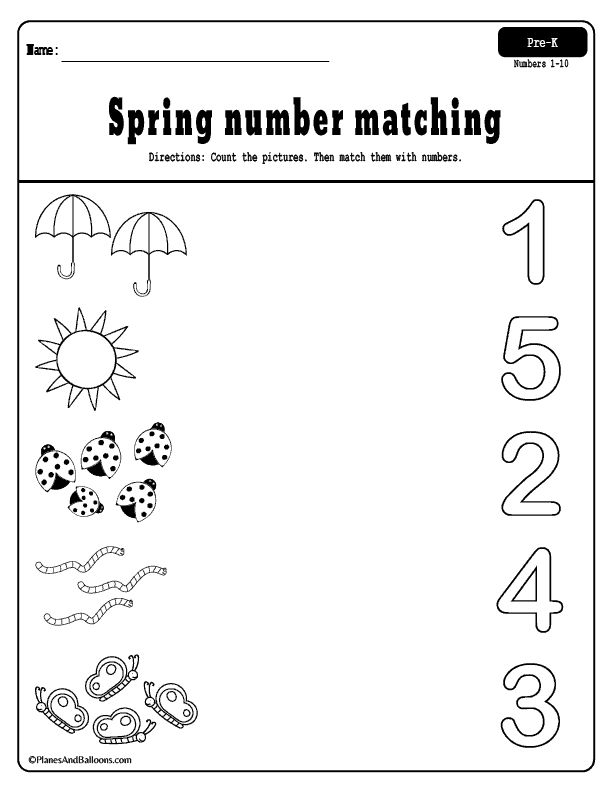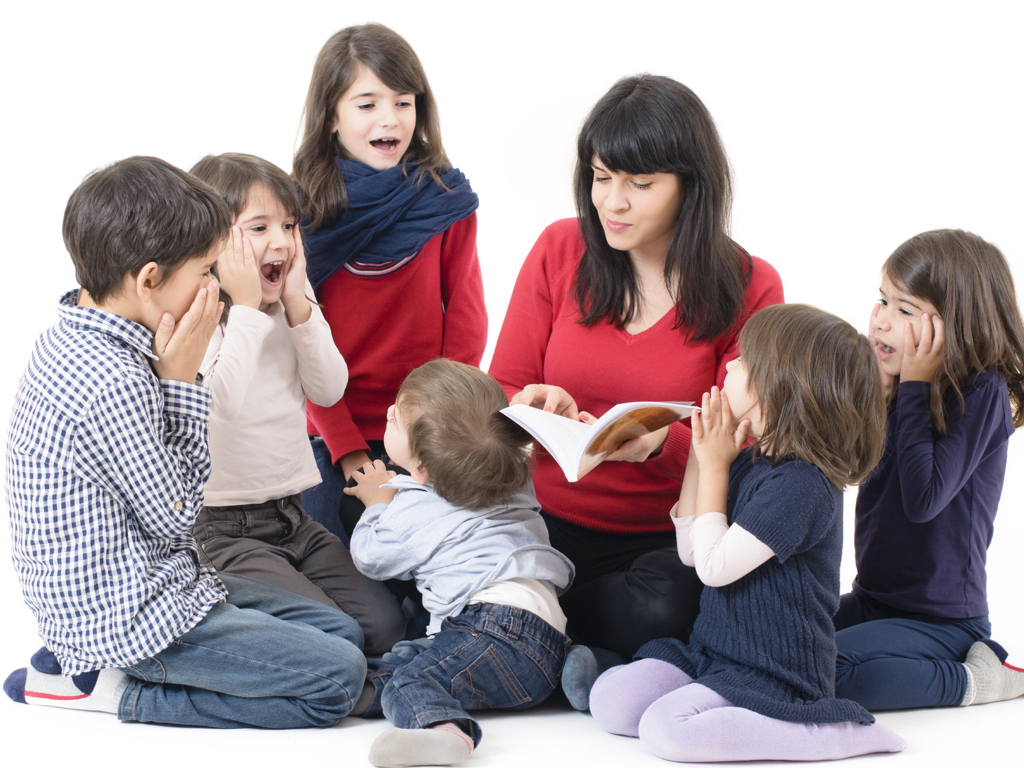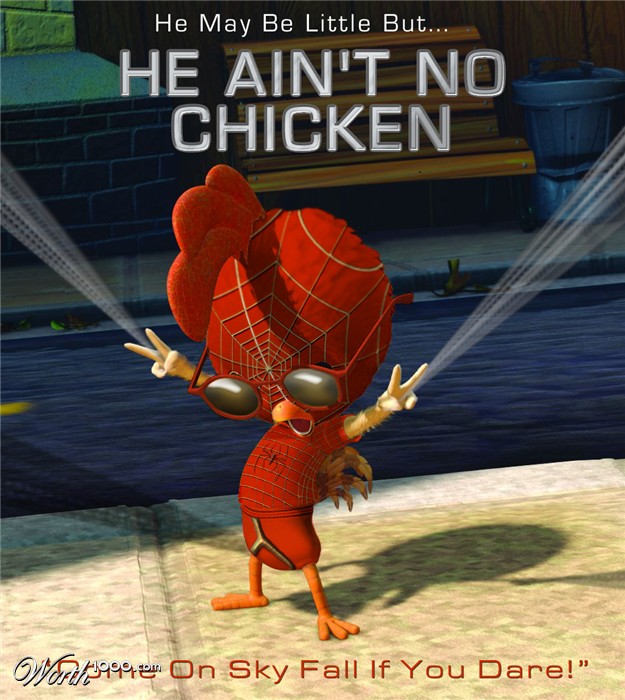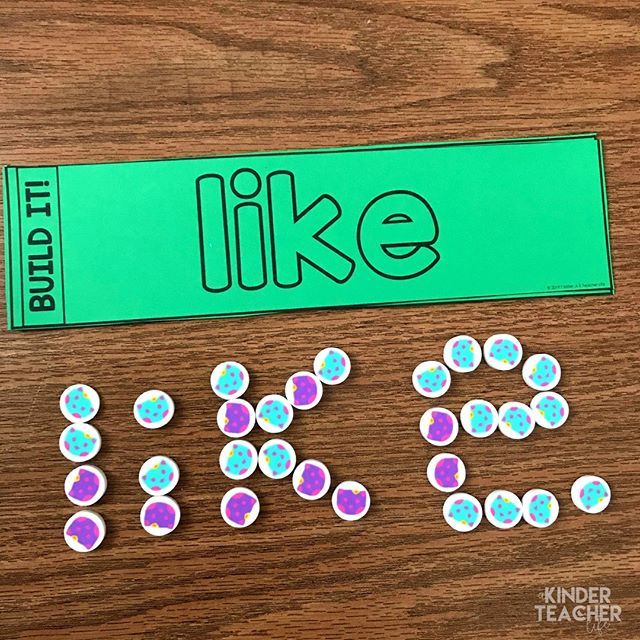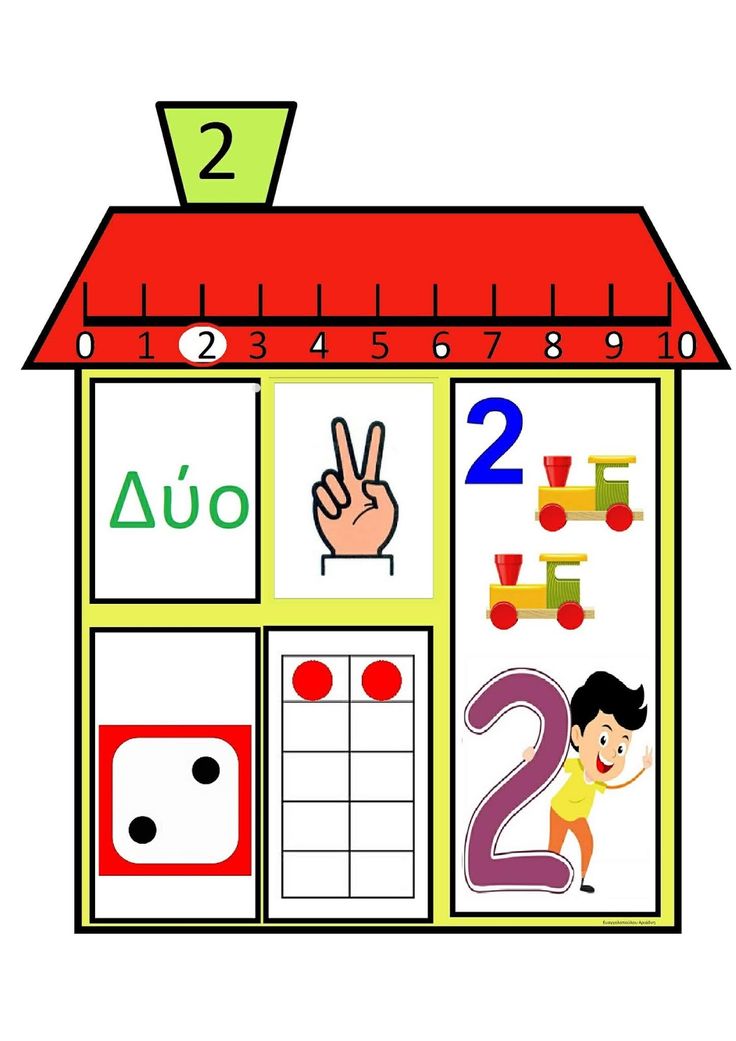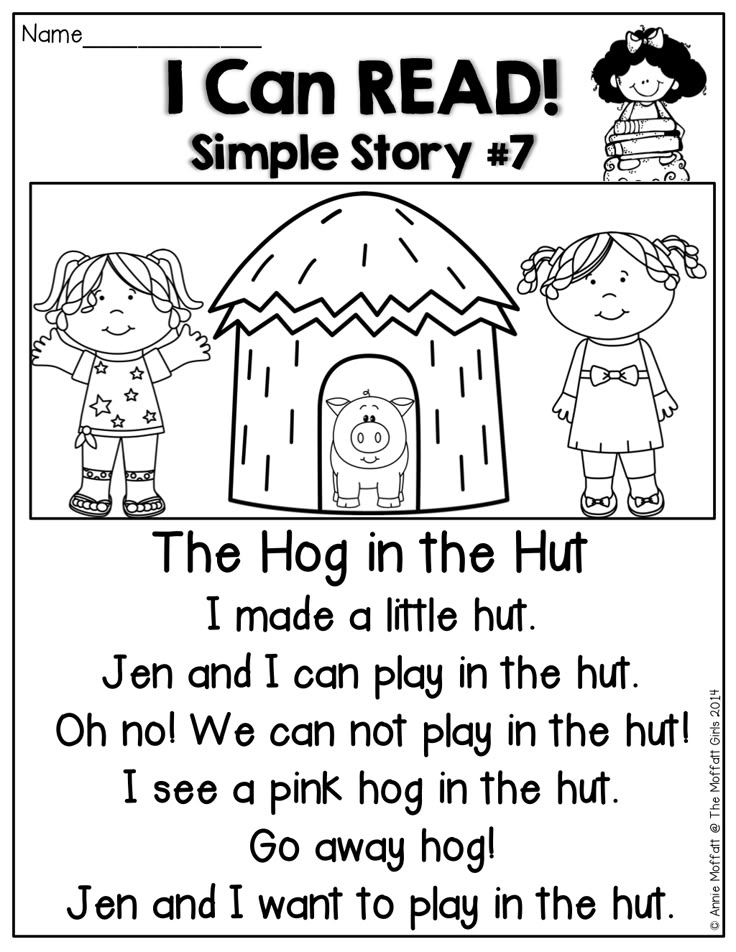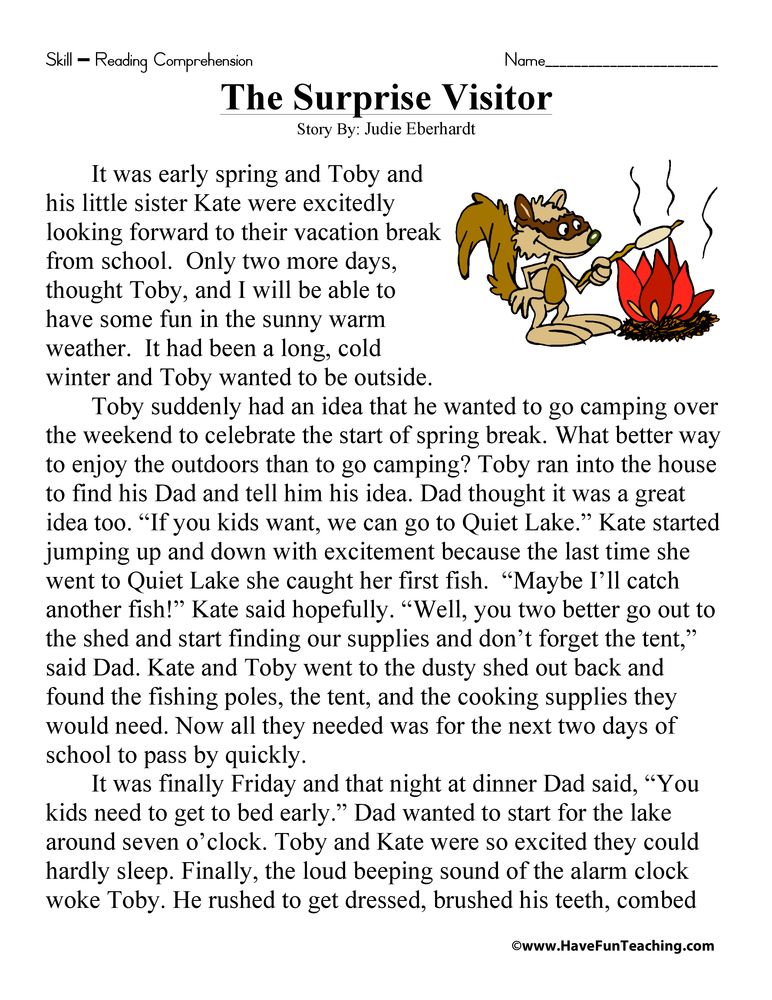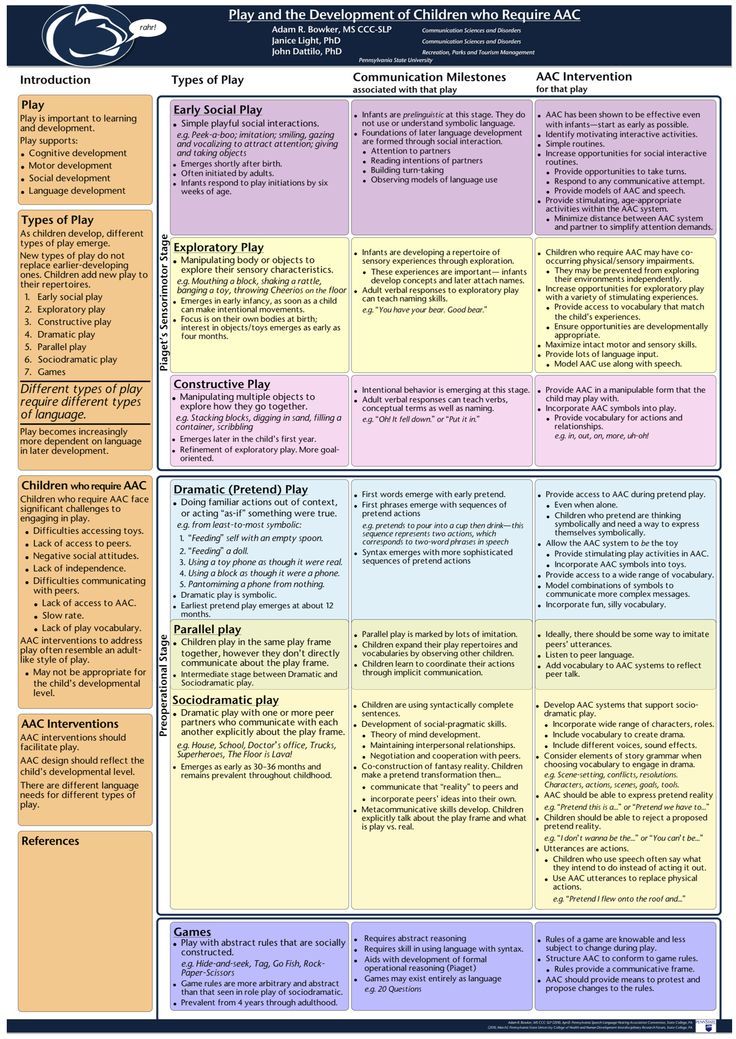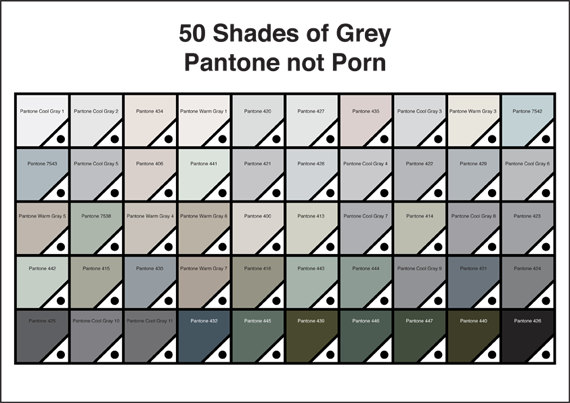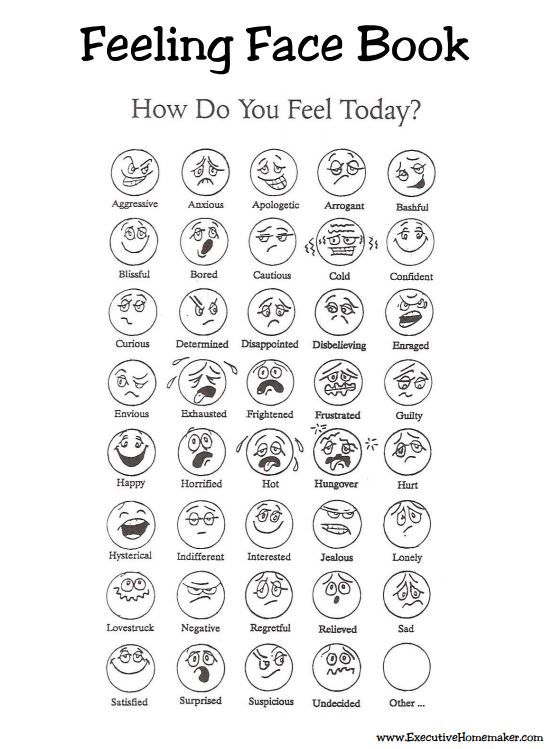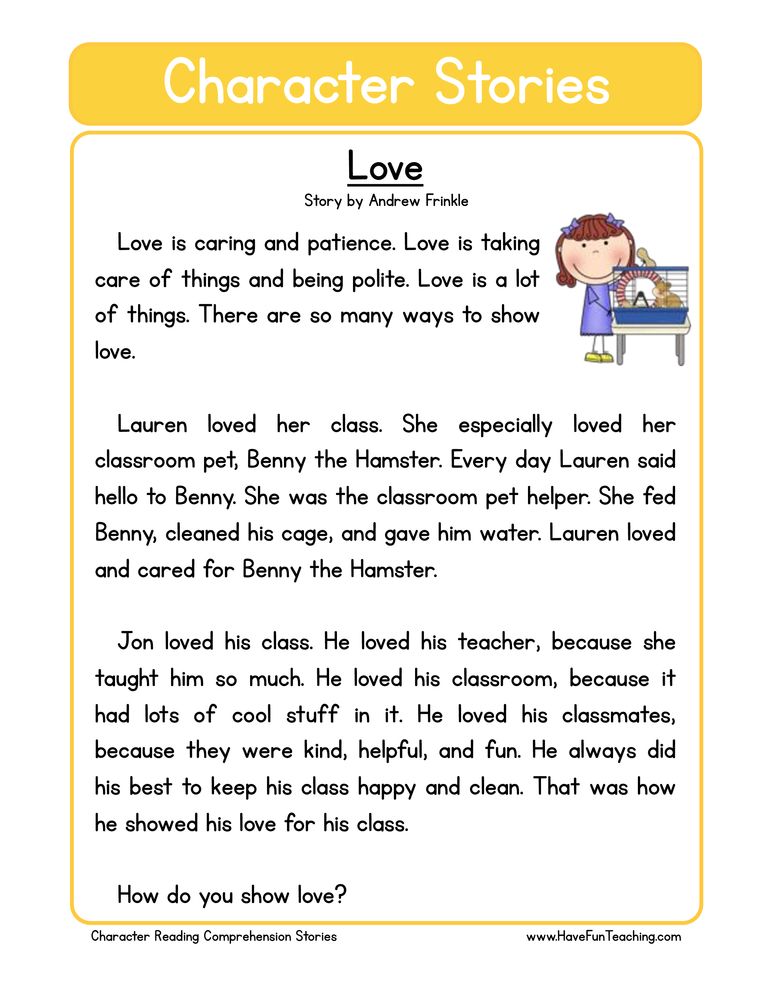Learn numbers and letters
How to Easily Teach Your Child Their Letters and Numbers
Spread the love
While it may seem like only yesterday your little ones were learning to take their first steps; believe it or not, it may be time for them to conquer their letters and numbers -OR- ABCs and 123s! While every child is different, many report their child either expressing interest or being able to recite the alphabet and numbers by the time they are a mere two years old. On the flip side, many other parents share their children are not ready or able to appropriately recite knowledge of this information until four years of age. Regardless of your child’s individual abilities and timeline, it is best to be prepared to help them throughout their learning process.
Feeling overwhelmed? Not sure how to go about teaching this very important information?
Don’t worry, teaching a child to both recall and recite their alphabet and numbers can not only be quite easy, but also quite fun in the process!
Our Story
Shortly after my daughter turned three she began expressing an interest in identifying more and more letters of the alphabet. In fact, she would grow quite frustrated when there was one she didn’t know and would come to me for identification of a letter time and time again. This same process repeated itself until one day I turned to Google for a brief search, “when should a child be able to identify the letters of the alphabet?”
Like a punch to the gut I was shocked to learn that many children (even a year younger than my daughter) were already identifying their letters and numbers. Having not gone through this important milestone before (she being my oldest child), I naively assumed that she would pick up on these skills in preschool, etc. and we would work on them in more detail on a later time (perhaps when she was a bit older). After all, she already knew how to sing her ABCs, did she also need to know how to identify them separately as well?… wasn’t she JUST learning to potty train?! Needless to say, I was wrong. While there is no use pushing a child to learn a skill when they are not yet ready, my daughter was clearly showing me all the signs that she wanted to learn and I needed to get on board… and QUICK!
Not sure where to best start (other than with standard flash cards), I turned to the pros (a.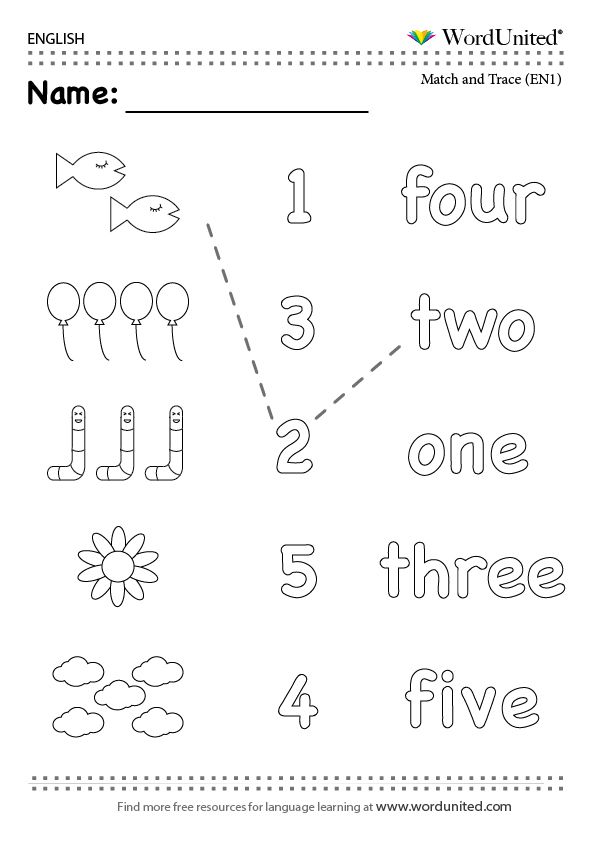 k.a. seasoned mamas) and asked for their advice in my “Creative Mamas! Facebook Group“. Within no time, I had a game plan full of highly recommended creative strategies to implement into our learning process.
k.a. seasoned mamas) and asked for their advice in my “Creative Mamas! Facebook Group“. Within no time, I had a game plan full of highly recommended creative strategies to implement into our learning process.
Over the course of the next couple of weeks we implemented an “alphabet and letter learning” game plan and got to work. Within no time, a mere couple of weeks to be exact, my daughter had every last letter and number memorized and we celebrated with an “ABC-123 pizza party” at Pizza Ranch (per her request ;)).
Our Exact Strategy to Learning Letters and Numbers
While every individual learns differently, I felt it best in this particular situation to literally surround my daughter in a world of letters and numbers. My goal was to educate (in a fun way!) throughout every moment of the day so that she didn’t feel like there were set “forced” learning moments… instead it would become a fun new way of life.
* Affiliate links are included in this post. All this means, is that if you click on one of those links and purchase something, I may receive a small commission.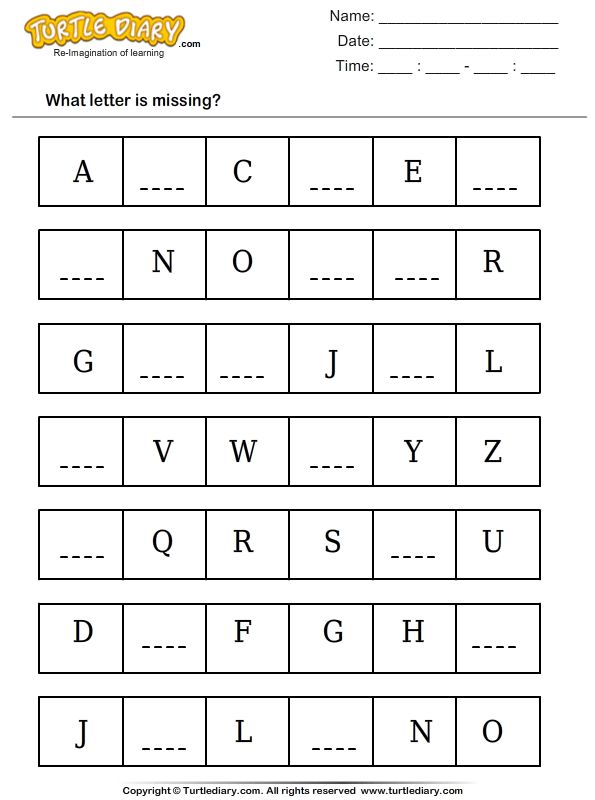 However, you will not pay a penny more- promise!
However, you will not pay a penny more- promise!
- 1.) I decided to write one letter and one number per sticky note. I then stuck them around the entire house. On the bathroom mirror, by her bathtub, on her toy kitchen, in her room, in the hallway, on the door, on the picture frames, etc. While passing every letter we’d stop and say the letter together.
- 2.) I purchased bathtub letters and numbers here (per recommendation of a mama in the Creative Mamas! Facebook Group) and incorporated them into our nightly bath time routine.
- 3.) I purchased The Letter Factory DVD here (per recommendation of a mama in the Creative Mamas! Facebook Group) and let my daughter watch the 30-minute video a few times a week.
- 4.) During mealtime we incorporated speed flashcard rounds adding a few more letters every day once she mastered the others. I purchased these exact cards here and here.
- 5.) I dedicated a letter or two per day by showcasing it on a large chalkboard in our kitchen (a dry erase board in a common area could have the same effect).
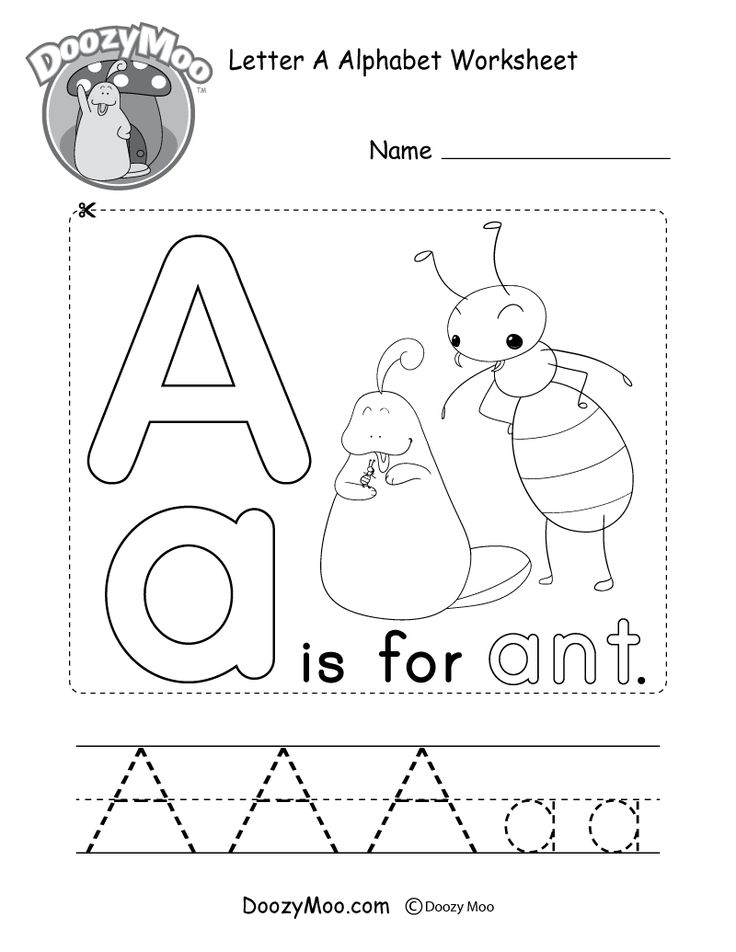
That was it! After a couple weeks of surrounding ourselves in all things letters and numbers, my daughter not only easily mastered her ABCs and 123s but she had fun doing so. As a busy mom (who also found herself chasing after a 1-year-old all day long), what I loved most about this strategy is that the entire process was very stress-free and could be implemented in very short (reasonable) increments of time all day long.
Additional Learning Materials
While we didn’t use these exact products ourselves, a quick walk through local stories (i.e. Target) showed me that there are endless amazing resources just waiting to be utilized! Some of my favorites include:
- Play-Doh Shape and Learn Letters and Language – because who doesn’t love learning with Play-Doh?!
- Wipe Clean: Letters (Wipe Clean Learning Books) – if your kiddo learns best by being hands on and writing/drawing… then this is for them!
- VTech Alphabet Apple – if your child loves electronics and all things games… then I’ve heard great things about this!
- The Learning Journey Lift & Learn ABC Puzzle– is your child a puzzle lover? Then this puzzle is the one to get!
- The Learning Journey Match It! Counting– I love that this incorporates both puzzle and flashcards into a fun activity!
- Education.
 com’s amazing worksheets! – I love that there are so many to choose from!
com’s amazing worksheets! – I love that there are so many to choose from!
*BONUS: Education.com has graciously offered a FREE “Letter Match-Up Preschool Spelling” activity that can be downloaded here!
Have additional ideas that worked great for your kiddo? I’d love to hear them! Share in the comments below!
Spread the love
7 fun Activities to Learn Letters and Numbers
Letters and numbers are the foundation for almost all educational activities and knowing them opens so many wonderful opportunities for exploration. But they can be hard and boring to learn…It’s all in the presentation! We will show you 7 great activities for learning letters and numbers
Article Contents
1. Factors that influence learning numbers and letters
2. When is a good time to start learning Letters and Numbers?
3.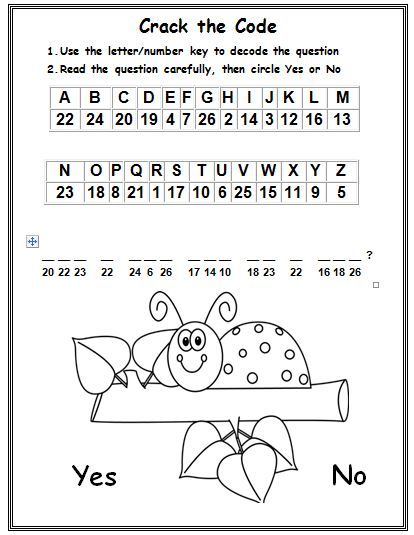 Materials needed for Letters and Numbers activities
Materials needed for Letters and Numbers activities
4. How to make a Board we will use for an activity
5. How to make Letters and Numbers
5.1. ACTIVITY 1: Recognizing Letters
5.2. ACTIVITY 2: Connecting Sound with a Shape
5.3. ACTIVITY 3: Connect Letters to a Word
5.4. ACTIVITY 4: Connecting Numbers
5.5. ACTIVITY 5: Connecting Numbers Backward
5.6. ACTIVITY 6: Connecting Even Numbers
5.7. ACTIVITY 7: Connecting Odd Numbers
Factors that influence learning numbers and letters
When talking about factors that influence the speed, and how easily children learn to recognize and use numbers and letters, we can talk about biological and environmental factors.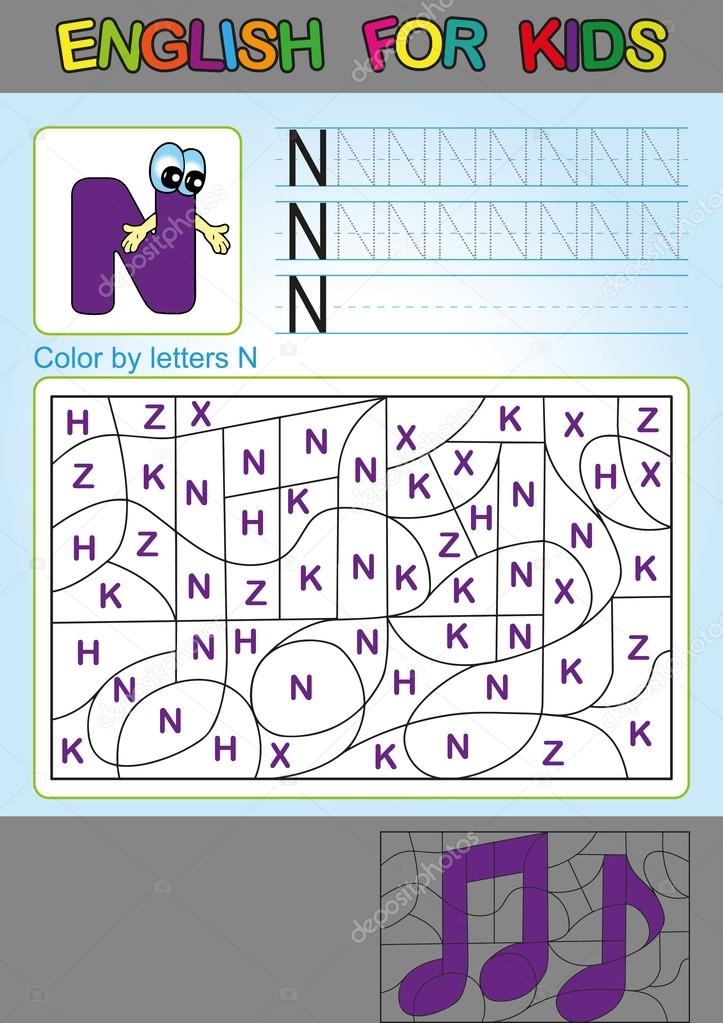 Numerous studies have shown that genetics influence how easy children can learn to read, write, and calculate. There is also evidence that genetics plays a major role in learning disabilities like dyslexia or dyscalculia.
Numerous studies have shown that genetics influence how easy children can learn to read, write, and calculate. There is also evidence that genetics plays a major role in learning disabilities like dyslexia or dyscalculia.
We can’t influence biological factors that much, but we can surely play a big role in environmental factors. Using activities that teach letter-sound relations and how to recognize written words helps children in mastering reading skills. And activities like reading stories aloud and discussing them with a child improve language and comprehension skills.
Math is one of the least favorite school activity for Children, but math can be really fun!And what are some signs that can show us if there is a potential of reading and counting difficulties through the child’s life? Meta research shows that there are 3 factors that can predict the speed and ease at which the child could learn reading skills through early education: Letter Knowledge, Phoneme Awareness and Rapid automatized naming.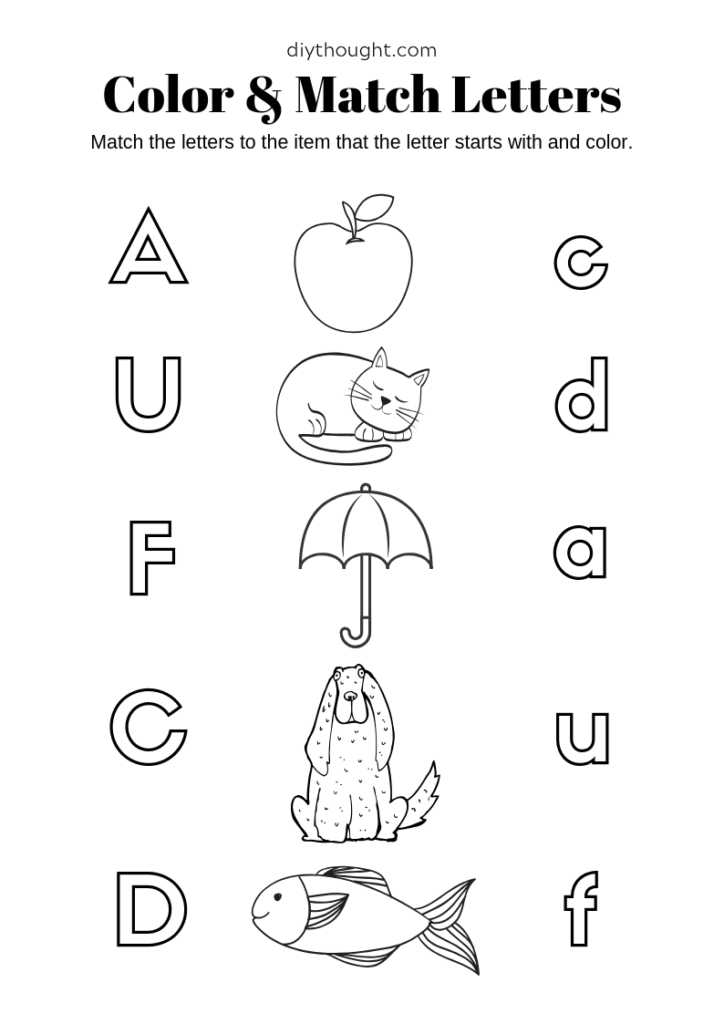
- Letter Knowledge: refers to knowledge that written letters or numbers correspond to specific phonemes in spoken words.
- Phoneme Awareness: refers to the ability to manipulate words or nonwords and recognize incomplete words. The best example would be the task: “Say the word “House” but without “H”. The answer should be “ouse”.
- Rapid automatized naming: refers to the ability of a child to rapidly name a list of letters, colors, numbers, and pictures.
These 3 skills are strong predictors of how the child will perform in activities that are connected with letters and numbers. If children are coping with those skills through early education, that can even indicate some learning problems. But as with all “tests” for children, we should be careful with drawing conclusions since there can be big individual differences, especially at an early age.
When is a good time to start learning Letters and Numbers?
There are big individual differences in certain developmental milestones and that’s especially pronounced at an early age.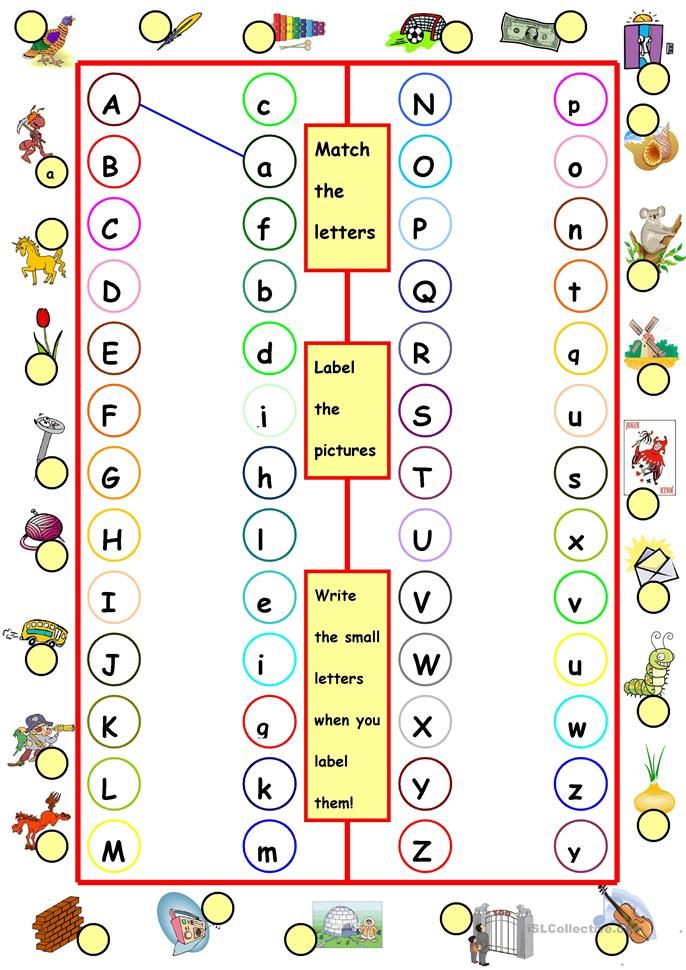 So, before starting any learning activity, think about your child’s current capabilities and interests. We want to provide activities that are just a little above his/her current capabilities so they are educational, but not frustrating. Unrealistic expectations can produce shame and frustration in your child and in the long run affect his/her confidence and willingness to try new activities.
So, before starting any learning activity, think about your child’s current capabilities and interests. We want to provide activities that are just a little above his/her current capabilities so they are educational, but not frustrating. Unrealistic expectations can produce shame and frustration in your child and in the long run affect his/her confidence and willingness to try new activities.
So there are individual differences, but some general age when it’s an appropriate time for most children to start exploring letters and numbers is around 3 years old. Some children can learn to count mechanically to 10 even earlier, at 2 years. However, they don’t understand the concept of counting and numbers in general and are just repeating what they learned by heart.
Around age 3, children can start to explore different concepts around letters and numbers, recognizing them, understanding how sound and symbol are connected, how they can be chained… Of course, never force them to sit and learn.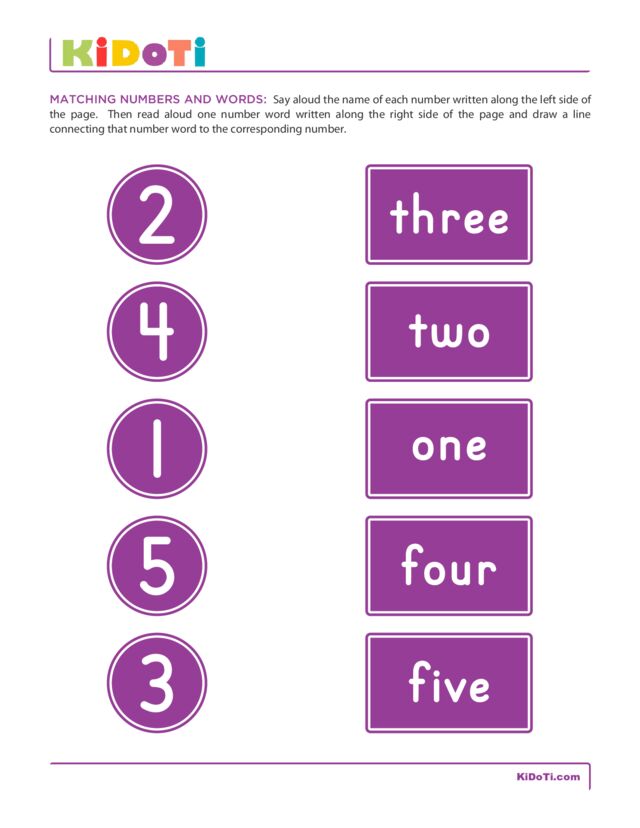 Make it fun and engaging and they will be interested to continue on their own. The more we learn about a certain topic, the stronger the connection between neural pathways in our brain forms and it will be easier to build upon that knowledge in the future.
Make it fun and engaging and they will be interested to continue on their own. The more we learn about a certain topic, the stronger the connection between neural pathways in our brain forms and it will be easier to build upon that knowledge in the future.
We will show you 7 activities which are both educational and fun and you can adapt their complexity to your child’s capabilities and interests. In the spirit of STEM Engineering, we will also show you how to prepare your own learning materials, so you can include your child in the preparation. That will be a good opportunity to work on some motor skills development as well as creativity.
Materials needed for Letters and Numbers activities
All we need for these activities are some Colored paper, Rubber bands, Pins, and a Board.- Colored paper (different colors if possible)
- Scissors
- Pencil
- Board (Styrofoam or regular cardboard to make your own)
- Pins
- Rubber bands
How to make a Board we will use for an activity
Watch the video at the beginning of the article for a step by step instructions on how to create the letters and numbers activity or read on for detailed explanations for each idea you can use.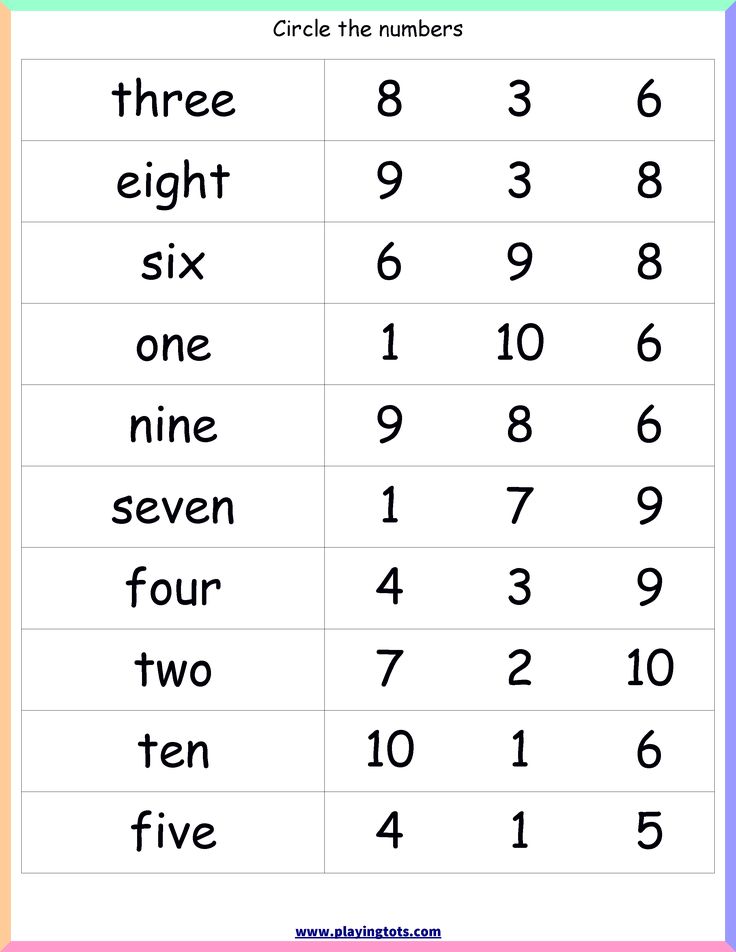
If you want to make your own board, all you need to do is take a cardboard box (empty shoebox or from some gadget). You can tape decorative paper around it to make it more pretty and interesting. There should be empty space beneath the box so pins can go through it. Include your child in making it. They can cut paper or tape it, or even choose the decoration. STEM Engineering at work!
How to make Letters and Numbers
Write the letters and numbers on colored papers of your choosing (you can use one color for numbers and one for letters for easier discrimination).
Cut them with the help of your child. Using scissors is great for fine motor skills and oculomotor coordination. If letters and numbers are not perfectly symmetrical, even better! That will help your child with a generalization of shape. Letters and numbers have the same meaning even if there are differences in the way they are written.
ACTIVITY 1: Recognizing Letters
Write some words or sentences on a piece of paper and tell your child to copy them on the board with paper letters. This activity is based on recognizing the shape of letters, so it can be used as a starter activity.
ACTIVITY 2: Connecting Sound with a Shape
Tell your child a letter, a word or a sentence (depending on age and how hard you want it to be, but always start with simpler tasks) and ask him/her to use paper letters to write down what you said. This activity is more complex because the child must already know letters to do it, so present it only after you practiced recognizing letters.
ACTIVITY 3: Connect Letters to a Word
Prepare a board by putting scrambled letters on it and use a pin to secure them. Ask your child questions, such as “Where do you live?” or “What is your name?” and her/his task is to connect the letters in the right order with the rubber bands.
Make sure all the letters child needs are on the board with some extra to make it more difficult.
This activity combines testing your child’s knowledge about the world, practicing motor skills and understanding letters. You can, of course, make it simpler, by providing a word that your child needs to connect by telling it or even writing it.
ACTIVITY 4: Connecting Numbers
Prepare a board by putting scrambled numbers on it and use a pin to secure them. Ask our child to connect numbers in order. Depending on your child’s age and knowledge, you can start with only a few numbers (like connect 1, 2, 3) and go from there.
ACTIVITY 5: Connecting Numbers Backward
Same as in previous activity, prepare a board by putting scrambled numbers on it and use a pin to secure them. This time ask your child to connect numbers but backward, starting from a number of your choosing.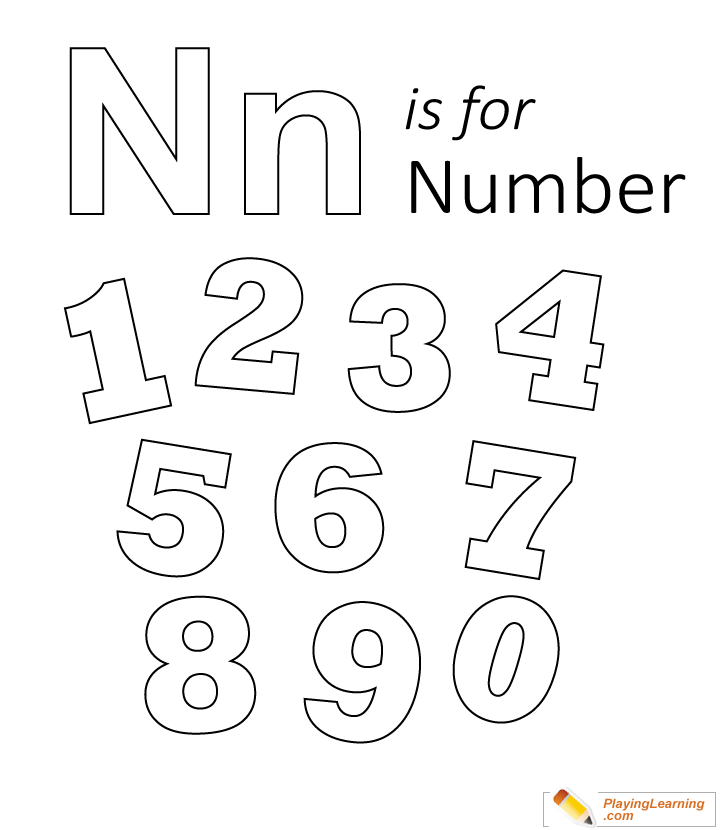 This is a more complex activity since counting backward is a more abstract process for your child.
This is a more complex activity since counting backward is a more abstract process for your child.
ACTIVITY 6: Connecting Even Numbers
When you are certain a child understands how to count numbers, suggest this activity. First, prepare a board by putting scrambled numbers on it and use a pin to secure them. Ask the child to connect even numbers in order.
Understanding even and odd numbers is important for further development of math skills. Even numbers are easier to understand so it’s advisable to practice them first.
ACTIVITY 7: Connecting Odd Numbers
When your child understands concepts of counting, counting backward and even numbers, you can start with this activity where the task is to connect odd numbers. As always, prepare a board by putting scrambled numbers on it and use a pin to secure them. Ask the child to connect odd numbers in order.
After practicing this activity, your child will have a solid base to understand all kinds of arithmetic sequences.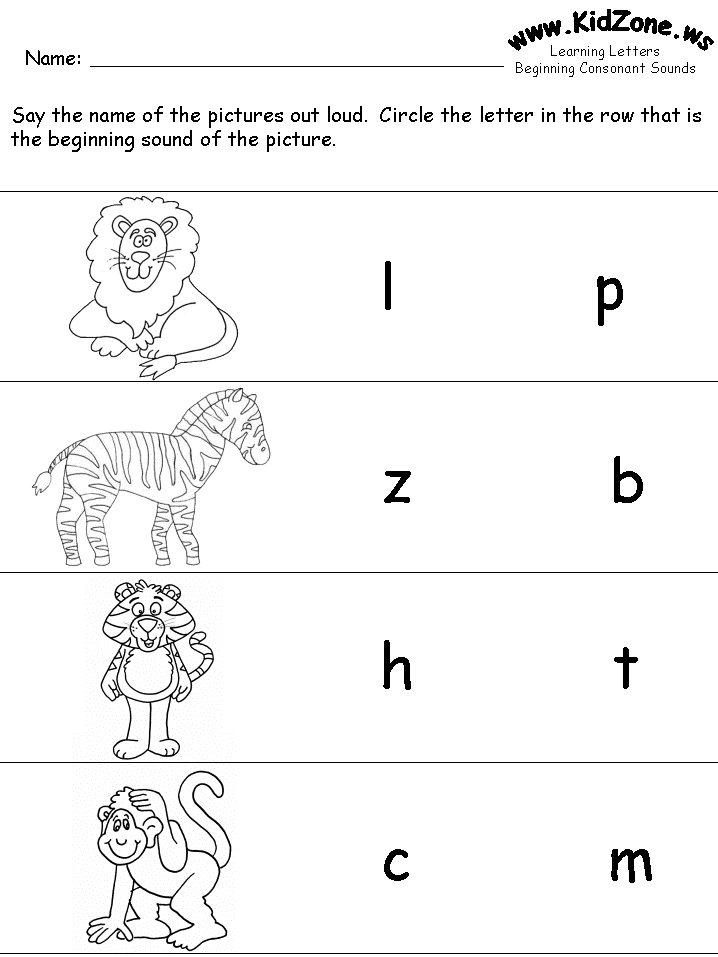
These are only suggestions for activities you can do with your child. You can make them as simple or complex as you wish, but remember to always take into consideration the current developmental stage of your child and his/her interests!
Using the right activities for the current development stage will make the child learn and develop.If it’s too simple, the child will be bored and won’t be engaged in the activity. If it’s too hard, it will lead to frustration for both you and your child. Fun and play are the best catalysts for learning, so make sure there are a lot of those. Happy learning!
If you want to start with something simpler and are just introducing letters to the preschool children, be sure to check Fun Activity to Introduce Letters to Preschoolers. And if these activities are too easy for your child, we recommend you check the How to learn Fractions fun and easy way activity. If you are interested in Number Pi (π), read the comprehensive article and learn all about that mysterious number. How about making your own cipher wheel? And for those “lost in time”, be sure to check how to make a cardboard clock and learn time.
How about making your own cipher wheel? And for those “lost in time”, be sure to check how to make a cardboard clock and learn time.
If you’re searching for some great STEM Activities for Kids and Child development tips, you’re in the right place! Check the Categories below to find the right activity for you.
STEM Science
Videos, guides and explanations about STEM Science in a step-by-step way with materials you probably already have at your home. Find new Science ideas.
Read more
STEM Technology
Videos, guides and explanations about STEM Technology in a step-by-step way with materials you probably already have at your home. Find new Technology ideas.
Read more
STEM Engineering
Videos, guides and explanations about STEM Engineering in a step-by-step way with materials you probably already have at your home. New Engineering ideas!
Read more
STEM Math
Videos, guides and explanations about STEM Math in a step-by-step way with materials you probably already have at your home.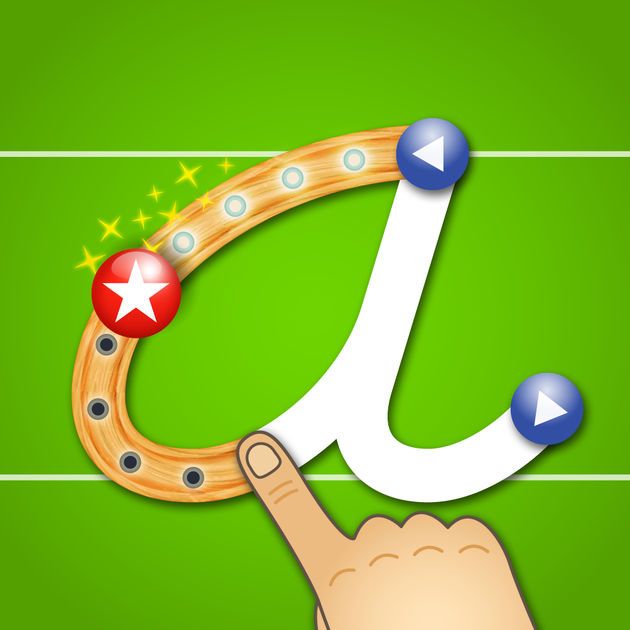 Find new Mathematics ideas.
Find new Mathematics ideas.
Read more
Psychology
Find out all about development psychology topics that you always wanted to know. Here are articles from child psychology and development psychology overall.
Read more
First year of Child’s Life
Following a Child’s development every month from its birth. Personal experiences and tips on how to cope with challenges that you will face in parenting.
Read more
About Iva Leder
Big lover of technology and everything that has some form of code in it. She sees great potential in every child and her job is to find the right method to express that potential.
View all posts by Iva Leder | Website
Posted in: STEM, STEM Engineering, STEM Math | Tagged: Activity, Child Development, Children, Cognitive Development, Creativity, Development Stages, Engineering, Excercises, Learning, Letters, Math, Motor skills, Numbers, Paper Activities, STEM, stem activities for 1st grade, stem activities for kindergarten, stem activities for preschoolers3k
5k
891
5 Ways to Learn the Alphabet Quickly and Easily with a 3-6 Year Old Child – Somersault
Before learning the alphabet with a child, it is important to understand what you are not going to do.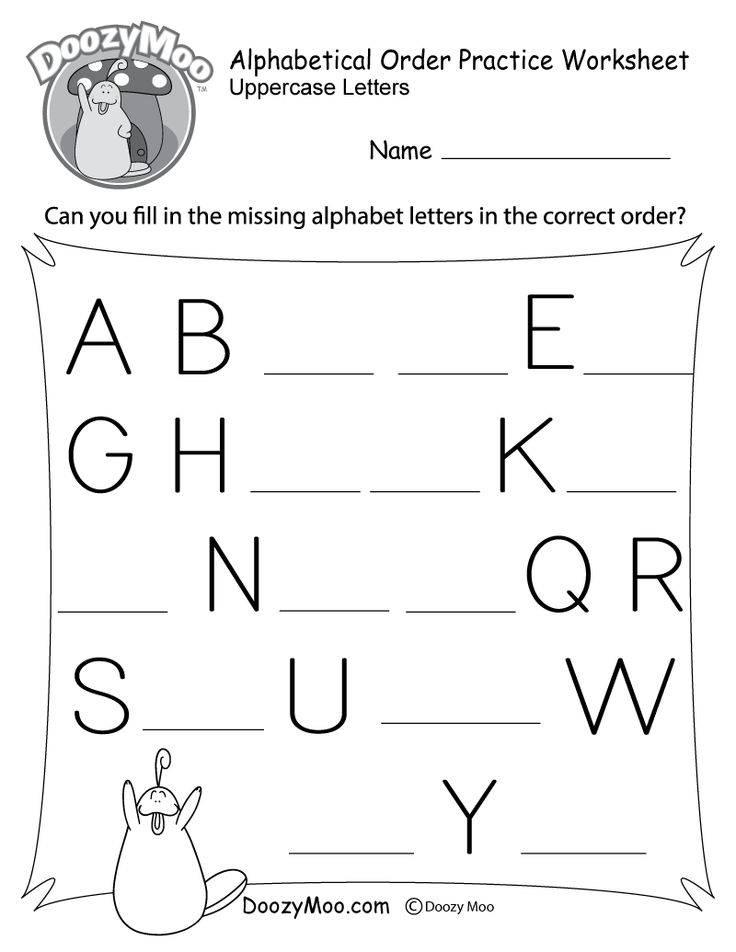 Namely, learning to read. This is a more complex skill, so it is worth putting it off until the time when the child gets acquainted with all the letters and will confidently recognize them and write on their own. Until then, put off the alphabet and reading by syllables.
Namely, learning to read. This is a more complex skill, so it is worth putting it off until the time when the child gets acquainted with all the letters and will confidently recognize them and write on their own. Until then, put off the alphabet and reading by syllables.
In this article, we have put together the basic principles to quickly learn the Russian alphabet with a 3-6 year old child in a playful way. For all games with letters, you can use plasticine, paints and any improvised means or magnetic letters - they will easily attract the attention of the child.
Contents:
- Learn the Alphabet Easily: Basic Principles
- 5 ways to learn the alphabet with your child
- From alphabet to reading
How to Learn the Alphabet Easily: Basic Principles
Each child can find an easy way to learn the alphabet that suits him or her, but there are basic principles that are important for all children. If you do not follow them, study will turn into drill and the child is unlikely to ever love to read. Here are a few such principles on how to properly learn the alphabet for a child.
If you do not follow them, study will turn into drill and the child is unlikely to ever love to read. Here are a few such principles on how to properly learn the alphabet for a child.
- Learn sounds first, not letters . At the first stage of learning, it does not matter how the letters in the alphabet are called correctly. Now only sounds are important for the child - "d", and not the letter "De". The names of the letters will only confuse the child, who first needs to learn to recognize the shape of the letters and their sound.
- Not learning the alphabet in the correct sequence . Until a child goes to school, it is of no use to him to know how the letters are arranged in the alphabet. This information will only distract him from what is really important: how the letters look and sound. The sequence of the alphabet can be learned later or even at school, where this knowledge will be tested by the teacher.
- Do not turn learning into a lesson .
 Learning from call to call is difficult even for children at school, let alone a baby. Therefore, all learning should take place in a playful way and not for long: 5-7 minutes a day to get acquainted with the letters will be enough. Gradually, this time can be increased, especially if the child likes the proposed games with letters.
Learning from call to call is difficult even for children at school, let alone a baby. Therefore, all learning should take place in a playful way and not for long: 5-7 minutes a day to get acquainted with the letters will be enough. Gradually, this time can be increased, especially if the child likes the proposed games with letters. - Use material objects . At the age of 3-6 years, the child learns the world by touch and taste. It is difficult for him to work with abstract letters spoken aloud. Therefore, it is better to stock up on plasticine and paints and create letters that are more understandable to the child and can be touched. Such a game for children will allow the child to learn the letters of the alphabet and he will recognize them in different forms regardless of what they are made of.
- First vowels, then consonants . Vowel sounds are easier to pronounce, so it's worth starting with them.
The main thing is not to force anyone. If you see that the child is inquisitive, enjoys exploring the world and is ready to learn, you can move on to learning letters and the alphabet. So the child will be happy to learn the alphabet in a playful way and gradually learn to read. So that the game is not abstract, you can use the magnetic letters TUMBLING.
If you see that the child is inquisitive, enjoys exploring the world and is ready to learn, you can move on to learning letters and the alphabet. So the child will be happy to learn the alphabet in a playful way and gradually learn to read. So that the game is not abstract, you can use the magnetic letters TUMBLING.
5 ways to learn the alphabet with your child
1. Use an interesting topic to study
Use your child's interest to spur his motivation to learn. For example, if your kid is crazy about cars, let them be the topic in which you learn the alphabet. Use any words related to cars:
"A" - bus
"B" - trunk
"C" - driver, etc.
You can show cars and their parts, draw or sculpt from plasticine. It is important that the child's focus shifts from learning to doing what they love. Additionally, the method will help expand vocabulary and knowledge about the world.
2. Cross out a letter of the alphabet in the list
Fill in a small square with arbitrary letters.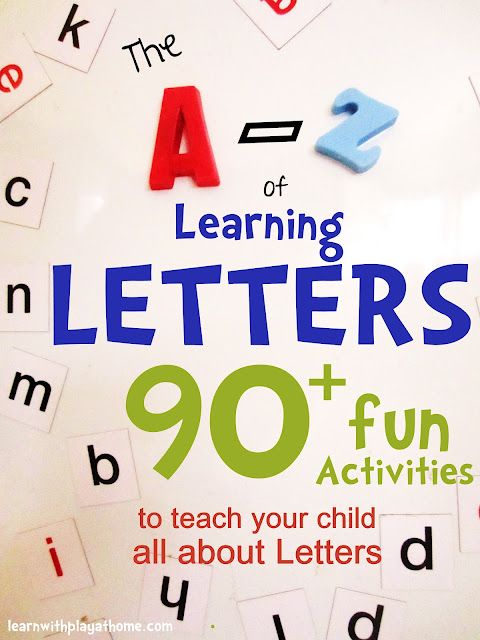 The task is to cross out only the letter that you are studying. This will help the child focus on one letter and not get distracted by the ones he doesn't remember or don't know.
The task is to cross out only the letter that you are studying. This will help the child focus on one letter and not get distracted by the ones he doesn't remember or don't know.
3. Pulling the letters of the alphabet out of the pouch
The soft-touch magnetic letters are perfect for this method. Put the letters in a bag and give the child the task, without looking, to pull out only the letter that you thought of. Let there not be too many letters in the bag, otherwise the child will get confused. 6-7 pieces will be enough. To start, use letters that are very different in shape, such as "O" and "M". Gradually, the complexity can be increased and searched among similar letters, for example, "K" and "X". Don't forget to praise and encourage your child. You can alternate the learning process with desktops.
4. Recognize letters of the alphabet by ear
You pronounce a word, and if it contains a hidden letter, the child claps his hands.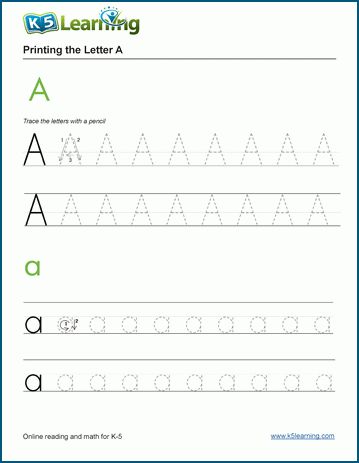
With this game for kids, you can learn individual letters or the entire alphabet. For example, you name a word, and the child inserts its first letter into the insert frame. To stimulate your child's interest, you can use only words from his favorite topic, for example, the names of animals.
5. Guess words starting with the first letter
You choose one letter and think of a word that starts with that letter. For example, the letter "Z":
- What is this animal with big ears and loves carrots?
- Hare!
This game form is again suitable for learning individual letters or the entire alphabet. If you learn only one letter, the child gets used to quickly recognizing it in different words. And if you give words with different letters, the child as a whole learns to understand with which letter they begin. With the study of the account and the English language will also help TUMBLING.
From the alphabet to reading
When a child learns the Russian alphabet, confidently recognizes all the letters in different words and can draw or mold them on his own, it is worth moving on to reading.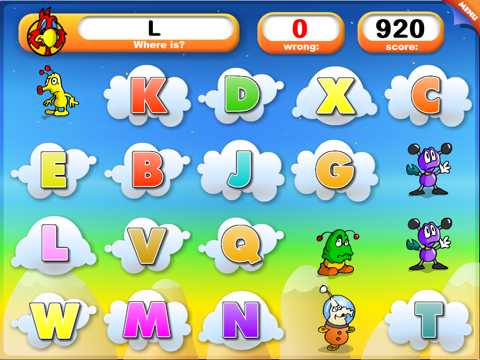 Because you need to learn the alphabet just so that the child can read. If knowledge is not used, it will hang as an extra burden, and by the time school will be forgotten. Therefore, you should not learn the alphabet too early: at 3-4 years old, a child is simply not interested in reading books in order to learn something new. He is more interested when his mother reads. Conversely, by the age of six, the child will be glad to have his own books to read them himself.
Because you need to learn the alphabet just so that the child can read. If knowledge is not used, it will hang as an extra burden, and by the time school will be forgotten. Therefore, you should not learn the alphabet too early: at 3-4 years old, a child is simply not interested in reading books in order to learn something new. He is more interested when his mother reads. Conversely, by the age of six, the child will be glad to have his own books to read them himself.
The child does not want to learn letters and numbers
Oksana 11/14/2013
Hello. My daughter is 4 years old, when I try to teach her letters and numbers, she says - I'm tired, I don't want to, or she makes sly eyes and specifically doesn't say correctly. What to do?
Similar question
Can't remember letters and numbers (2 answers)
Oksana, good day! At this age, learning is best done in a playful way. You can come up with fairy tales with your daughter, in which one hero is gradually added and pronounce it. You can draw them and write a number indicating their number. In the room, hang multi-colored pictures with letters and names of objects, so that it is always in sight and does not bother the child.
You can come up with fairy tales with your daughter, in which one hero is gradually added and pronounce it. You can draw them and write a number indicating their number. In the room, hang multi-colored pictures with letters and names of objects, so that it is always in sight and does not bother the child.
Glinyannikov Yuri Gennadievich, online consultant Irkutsk, Bratsk.
Similar question
The child does not want to study (5 answers)
Don't beat her. Better let her feel your warmth and love. Do things together that she enjoys.
Read the book "It's Too Late After Three". Also read this and this
And look at this site for interest - http://shkola-roditelei.blogspot.ru/p/blog-page_22.html
Andrey Viktorovich Goloshchapov, psychologist Saratov
Similar question
The child does not want to study (4 answers)
Hello, Oksana. This means that the balance between the requirements for the child and his needs to fulfill his desires is disturbed.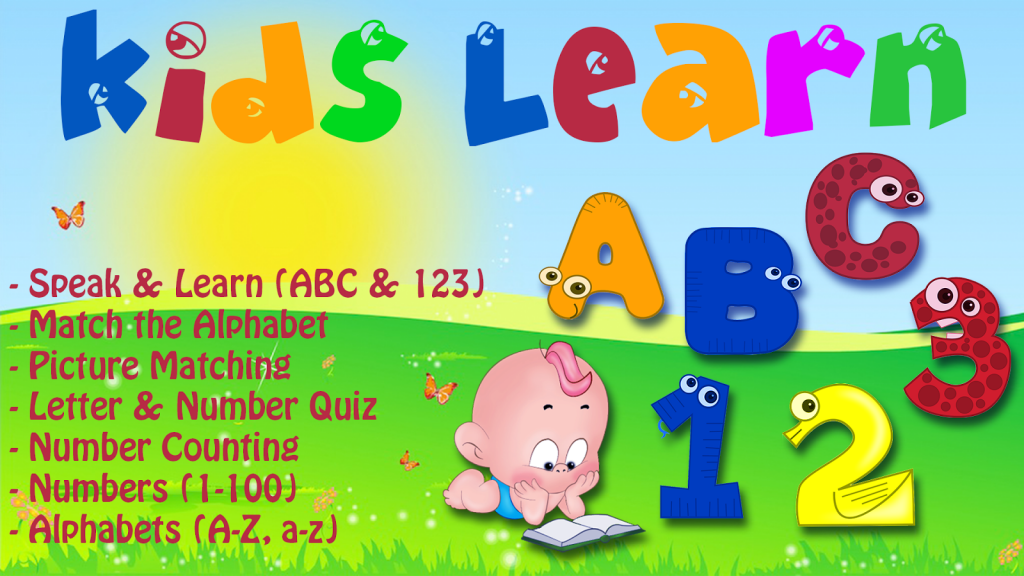 Too many requirements reduce his feelings that he is loved. And when they meet the interests of the child, his emotionality increases and additional forces appear and mom to give in to something. Refusal to learn is both a direct refusal, and a way to attract your attention and keep you close. For a child, scolding him is better than not paying attention. Hence the sly eyes. They extort warmth and tenderness, but do not know how to say it. When hugs and kisses are enough, the child will respond to the learning process.
Too many requirements reduce his feelings that he is loved. And when they meet the interests of the child, his emotionality increases and additional forces appear and mom to give in to something. Refusal to learn is both a direct refusal, and a way to attract your attention and keep you close. For a child, scolding him is better than not paying attention. Hence the sly eyes. They extort warmth and tenderness, but do not know how to say it. When hugs and kisses are enough, the child will respond to the learning process.
Karataev Vladimir Ivanovich, psychologist Volgograd
Similar question
The child does not want to study (4 answers)
Hello. Oksana! Your daughter does not yet perceive a serious form of education - this is normal at her age. Currently, development centers for children are open in any city and trained specialists work there. They prepare him for school in a playful way appropriate for the age of the child.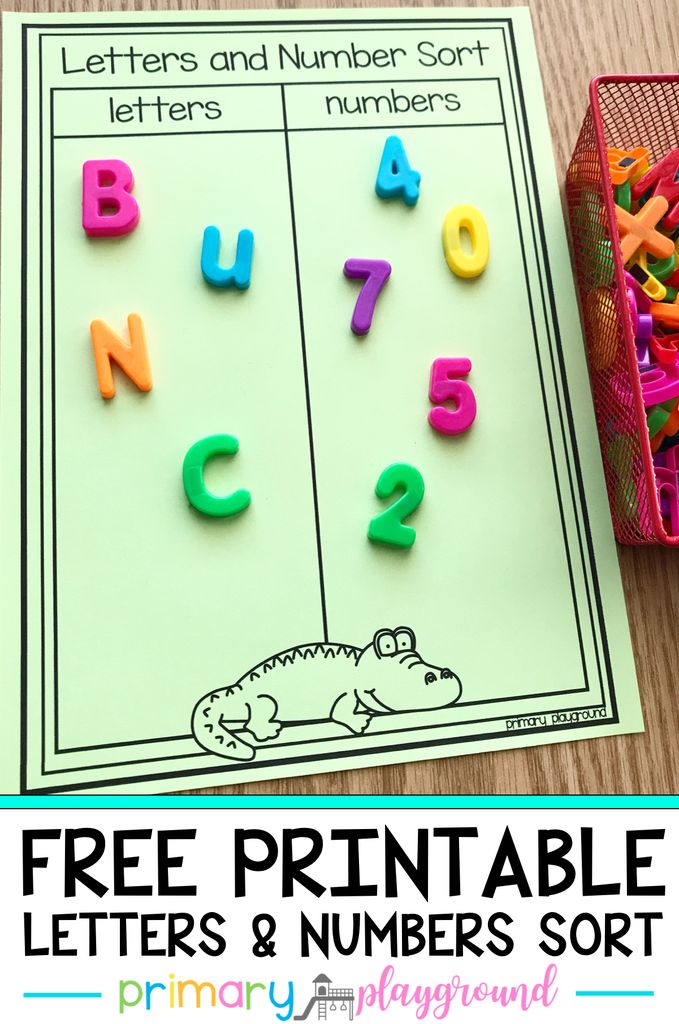 It is advisable for you to find a call center in your area and apply there for help.
It is advisable for you to find a call center in your area and apply there for help.
Bessarabova Natalya Anatolyevna, psychologist Irkutsk
Similar question
The child does not want to study, low self-esteem (4 answers)
Tips by categoryMoneyChildren---Pregnancy and childbirth---Preschoolers---Teens---Schoolchildren---Addictions---Alcoholic---Love---Drugs---Nicotine Health---Healthy lifestyle---Oncology- ---PsychosomaticsInteresting---Art---Fulfillment of desires---Society---ReligionsBeauty and appearance---Rules for weight lossCrises---Age crises---Crisis in the family---Personal crisis About death---Suicidal behaviorRecreationRelationships- --- Friendship---Conflicts and quarrels---Love---LonelinessEating behavior---Anorexia---BulimiaPsychology and psychologistsWork, business, career---Choice of profession---Conflicts at workSelf-knowledge---Goal setting-- -Self-EsteemSexFamily---Adult children and parents---Cheating---DivorceSleep and dreamsFears and phobias---Panic attacks---Anxiety, anxious statesStress and depression---Psychological traumaEmotions and feelingsI and psychologist---How to choose a psychologistOther
See also
The child does not want to study 2089 4 answers
The child does not want to study.